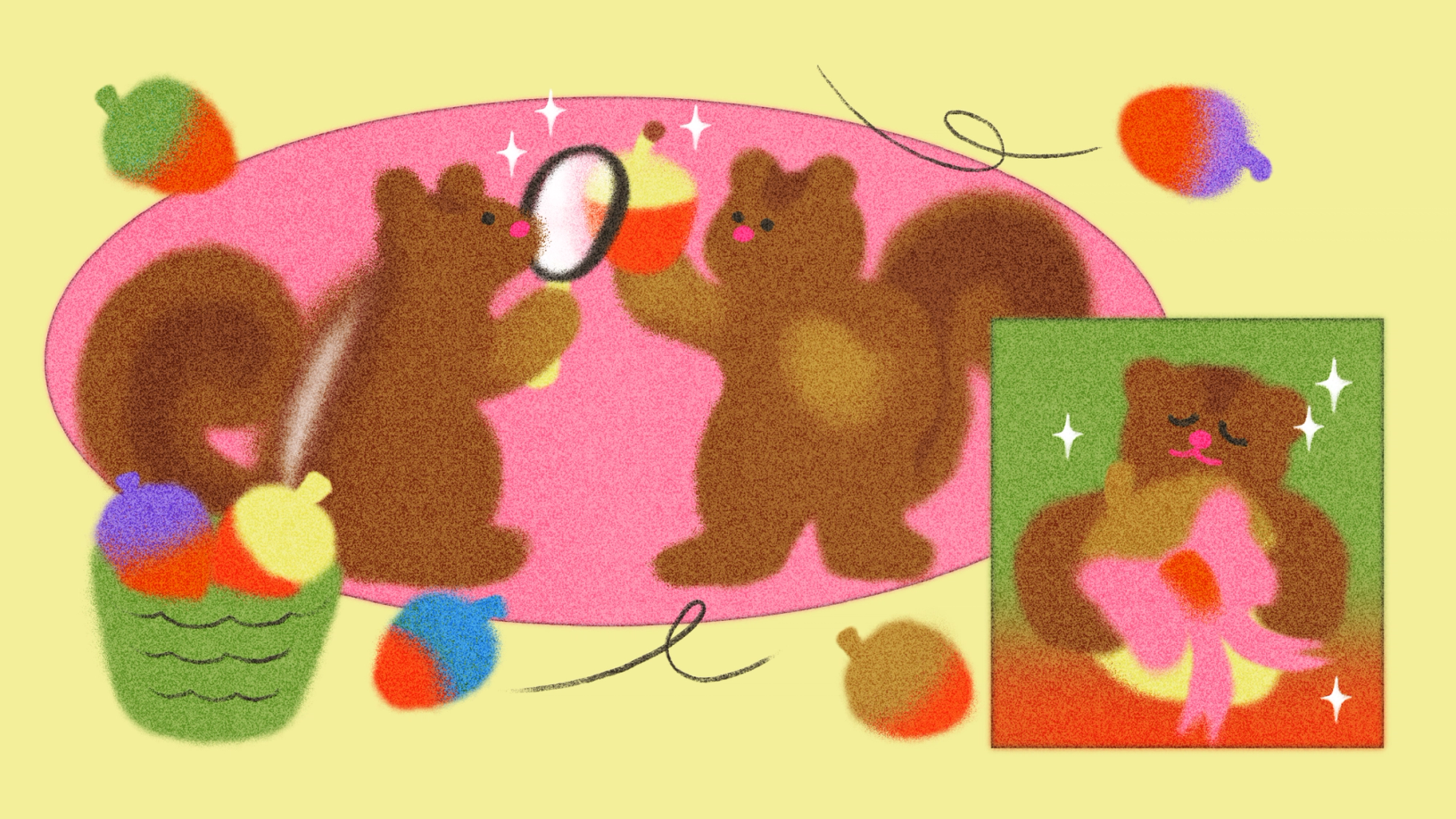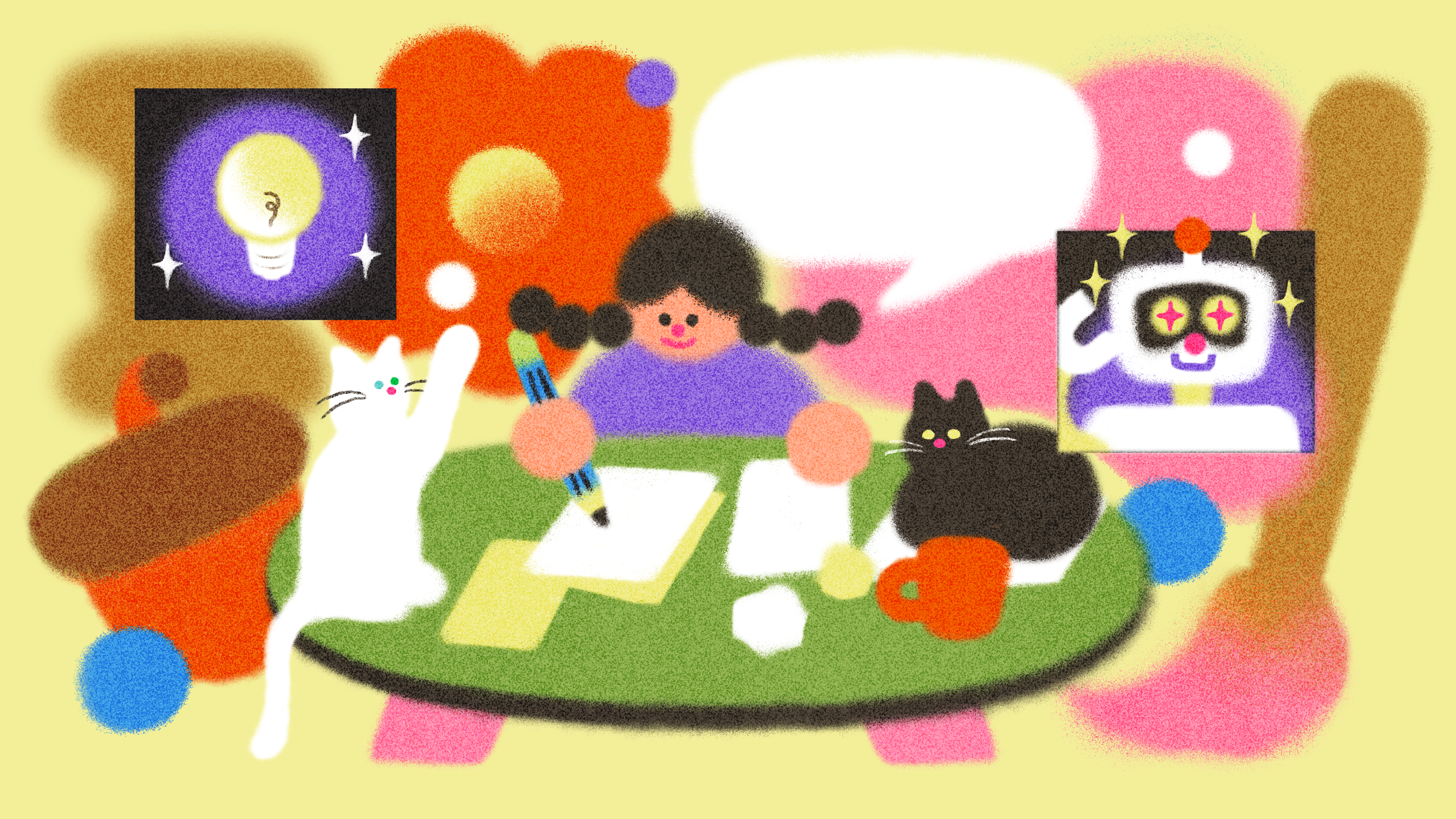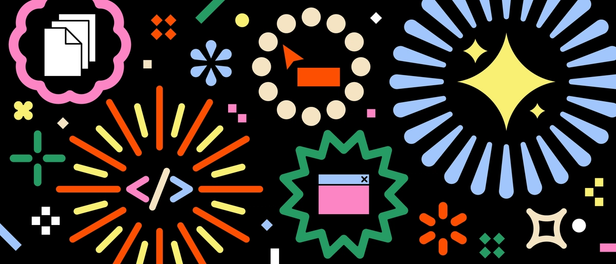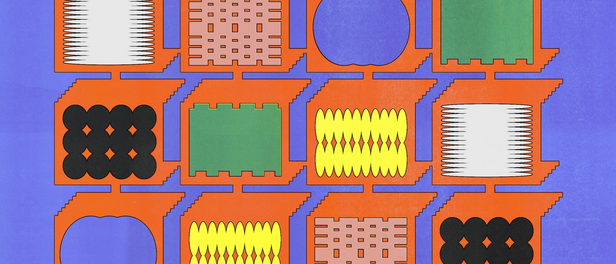The new competitive moat is emotion


With more apps than ever, features will only get you so far. It’s time to put resonance on the roadmap.
Hero illustration by Zoey Kim
As an analyst, I’ve spent most of my career conducting research about and making sense of trends in tech—thinking about things on a macro and objective scale. Now that I’m a dad to two kids under four, I have a new understanding of what makes technology truly impactful. While I’ve embraced technology whole-heartedly in my career, I went into parenthood wanting to limit screen time as much as possible for my kids, dreaming of a childhood defined by playing outside and experiencing the singular joy of boredom. Admittedly, this position was driven by piles of evidence suggesting caution around screen time for kids—and no self-respecting analyst would ignore the data.
But by the time our second child arrived, I adopted a more nuanced view that gets at something deeper: It’s not about screen time versus no screen time—it’s about how technology can create genuine moments of wonder and connection. As I see how technology can draw out my kids’ innate creativity and curiosity about the world, I’m increasingly convinced that emotional resonance, not features, is the new competitive moat for software. The defining characteristic for an app won’t be its functionality; it will be how it makes users feel.
It’s not about screen time versus no screen time—it’s about how technology can create genuine moments of wonder and connection.
When my three-year-old turns on her iPad to open Pok Pok, a collection of “digital toys” that encourage play with a dose of learning, the way the toys pop in with a little “boop boop boop” sound puts a smile on my face every time. The characters make “ah!” and “oh” sounds that elicit little laughs from my daughter. Even when she stops using Pok Pok, we practice our dinosaur stomps together outside, mimicking the “thump thump” from the app. Same with her Yoto—a small music and story player with an accompanying app—that offers fun red, rounded plastic buttons with just the right tactile resistance that she can turn and press. It feels ridiculous to write this, but these details make both toys a joy to use—and even pay for. In these moments, I’m mostly free of worries about screen time; I’m just excited that she’s discovering and enjoying things.
Recently, I’ve developed a similar relationship to the apps I interact with every day. Between work, daycare dropoffs, finding missing stuffies, helping two little kids eat, and everything else, it’s hard to find time to exercise. When I hit my activity goal, and the ring on my Apple watch closes with a little buzz, it assures me that despite everything, I took care of myself. In this reality, tech reminds me that whatever I can manage is worth celebrating. In your life you probably have similar moments. Maybe it’s the swipe and match in a dating app, someone reacting to your text with a laugh or heart, or the badge and animation when you hit an exercise milestone. It might be text in a message that accurately and directly explains how to keep your account secure after a data breach. Or even the task completed check-mark when you finish something on your to-do list. In these cases, it probably doesn’t matter to you if an app has the longest list of features; it’s the design decisions—copy that clarifies, motion that delights, sound that soothes, haptics that respond—that really drive deep meaning.
You may know this on an intuitive level. But for all the apps that comfort and delight, so many apps don’t make us feel anything at all, at least beyond occasional frustration. There’s often a disconnect between how we experience apps in our own lives—the joy, delight, and comfort they can bring—and how we think about our product roadmaps at work. That’s because as a product builder, it’s hard to prioritize an intangible experience when you’re faced with a checklist of concrete user feedback and feature requests. Even so, you may have tried to make this argument before: That emotional resonance deserves to be prioritized.
Now, there’s a new piece of evidence you can use. According to IDC, there will be twice as many applications by 2028 as there were in 2024. (Of course, the analyst in me saw the connection between my kids’ joy and research from IDC—you can put the dad in the analyst, but you can’t take the analyst out of the dad!) We are about to experience an explosion of functionality that we create, and that others create for us. Practically, this means that attempts at building moats through features won’t work anymore. If your team can’t pinpoint and intentionally design for an emotional response, competitors will copy your functionality at a fraction of the cost. This means understanding users’ deep fears, hopes, and motivations that are difficult to get at—and often only visible outside of a screen.
The arrival of so much new software might be enough to create its own emotional response among the people you work with: fear of becoming obsolete amidst increasing competition. So now you have the opportunity to take this data and make the case to put resonance on the roadmap.

We turned six big ideas percolating around the Figma office—written from the perspective of devs, designers, analysts, writers, PMs, card-carrying generalists—and put them on record. Here’s a look at what’s on our minds for 2025.

Andrew Hogan leads Insights at Figma. His research focuses on the digital product and design industry and the ways the most successful teams work. Previously, Andrew spent seven years at Forrester, a leading research firm, analyzing the intersection of design and tech.




